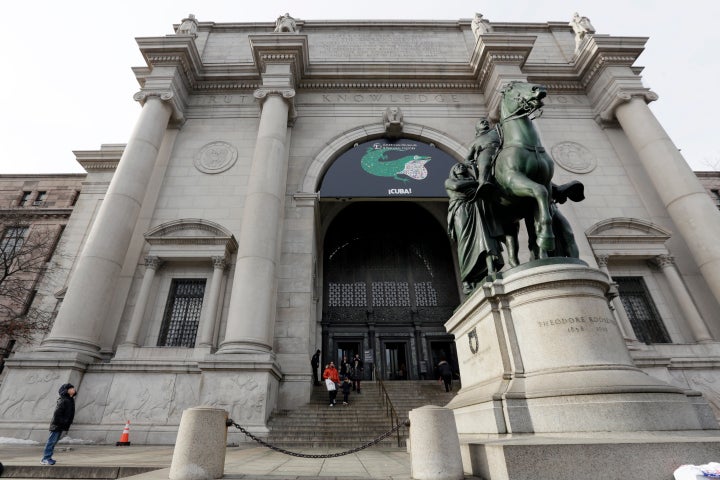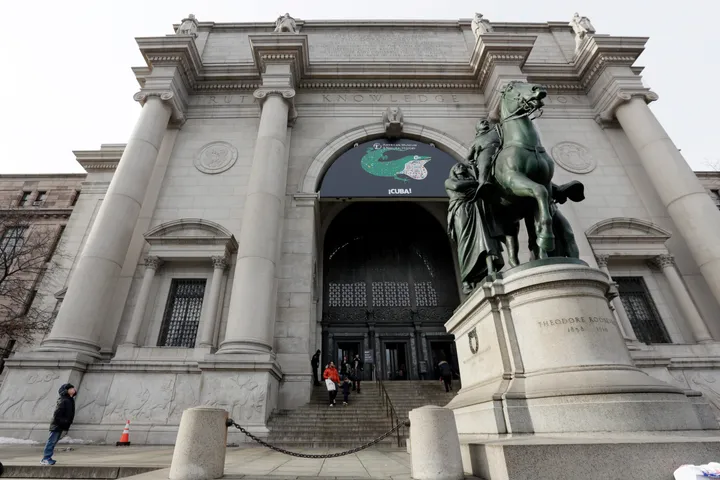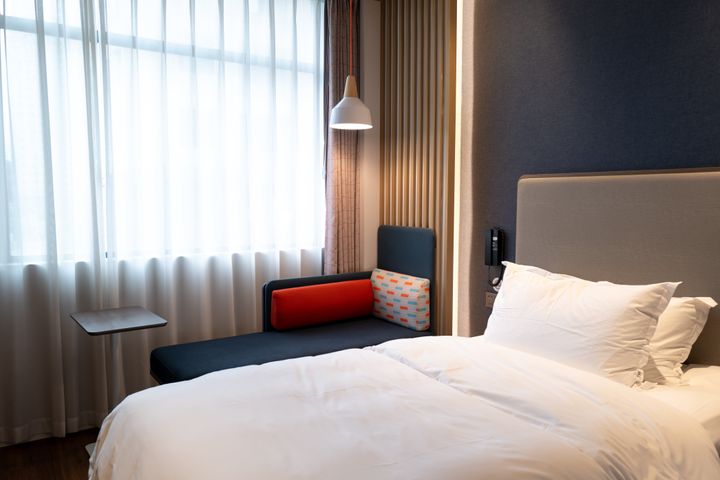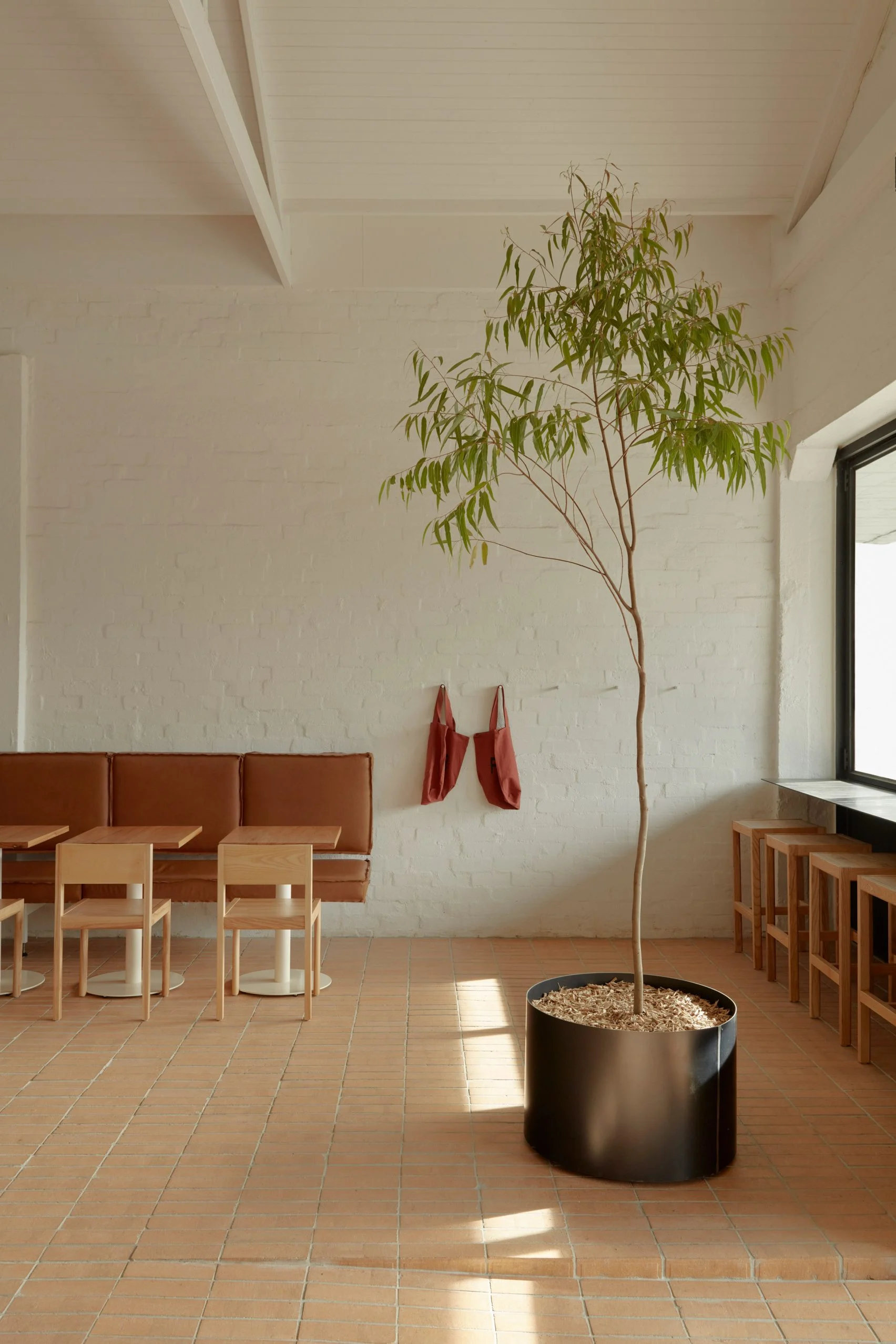The exhibits are from an era when museums “did not respect the values, perspectives, and indeed shared humanity of Indigenous peoples,” the museum’s president said.
New York City’s world-renowned American Museum of Natural History announced Friday it is closing two exhibition halls following new federal regulations on Native American artifacts and remains.
The museum’s Eastern Woodlands and Great Plains Halls will close on Saturday to the public and staff. Five display cases outside of these halls will also be covered from public view, museum president Sean Decatur said in a letter to staff.
“The Halls we are closing are vestiges of an era when museums such as ours did not respect the values, perspectives, and indeed shared humanity of Indigenous peoples,” said Decatur. “Actions that may feel sudden to some may seem long overdue to others.”

The announcement follows the Department of the Interior requiring museums, starting this month, to obtain consent from federally recognized tribes before displaying or allowing scientific study on the tribe’s cultural items or human remains. The move, which updates the Native American Graves Protection and Repatriation Act (NAGPRA), is meant to address the legacy of colonial injustices imposed on Indigenous people.
Decatur said the decision to completely close the halls is due to the “significant” number of cultural objects that are on display and the exhibits being “severely outdated.”
“Both Halls display artifacts that, under the new NAGPRA regulations, could require consent to exhibit,” he said.
In an interview with The New York Times, Decatur said there’s no timeline for when the exhibits may reopen and that some of the objects may never return to display.
Other museums have taken similar action.
Chicago’s Field Museum has covered several display cases containing cultural items from Native American communities.
The Denver Museum of Nature & Science also closed its North American Indian Cultures Hall last year after consulting with the Indigenous community. The museum said the hall, developed in the 1970s, “perpetuated harmful stereotypes and centered the Museum and white, dominant culture.”
Decatur has worked to improve how his museum, which was established in 1869, handles human remains and artifacts since his appointment early last year.
Last fall he said the museum’s osteology collection held the skeletal remains of approximately 12,000 individuals. Roughly a quarter of these belonged to Native Americans.
“We must acknowledge that, with the small exception of those who bequeathed their bodies to medical schools for continued study, no individual consented to have their remains included in a museum collection. Human remains collections were made possible by extreme imbalances of power,” he said in an open letter to the museum community.


















